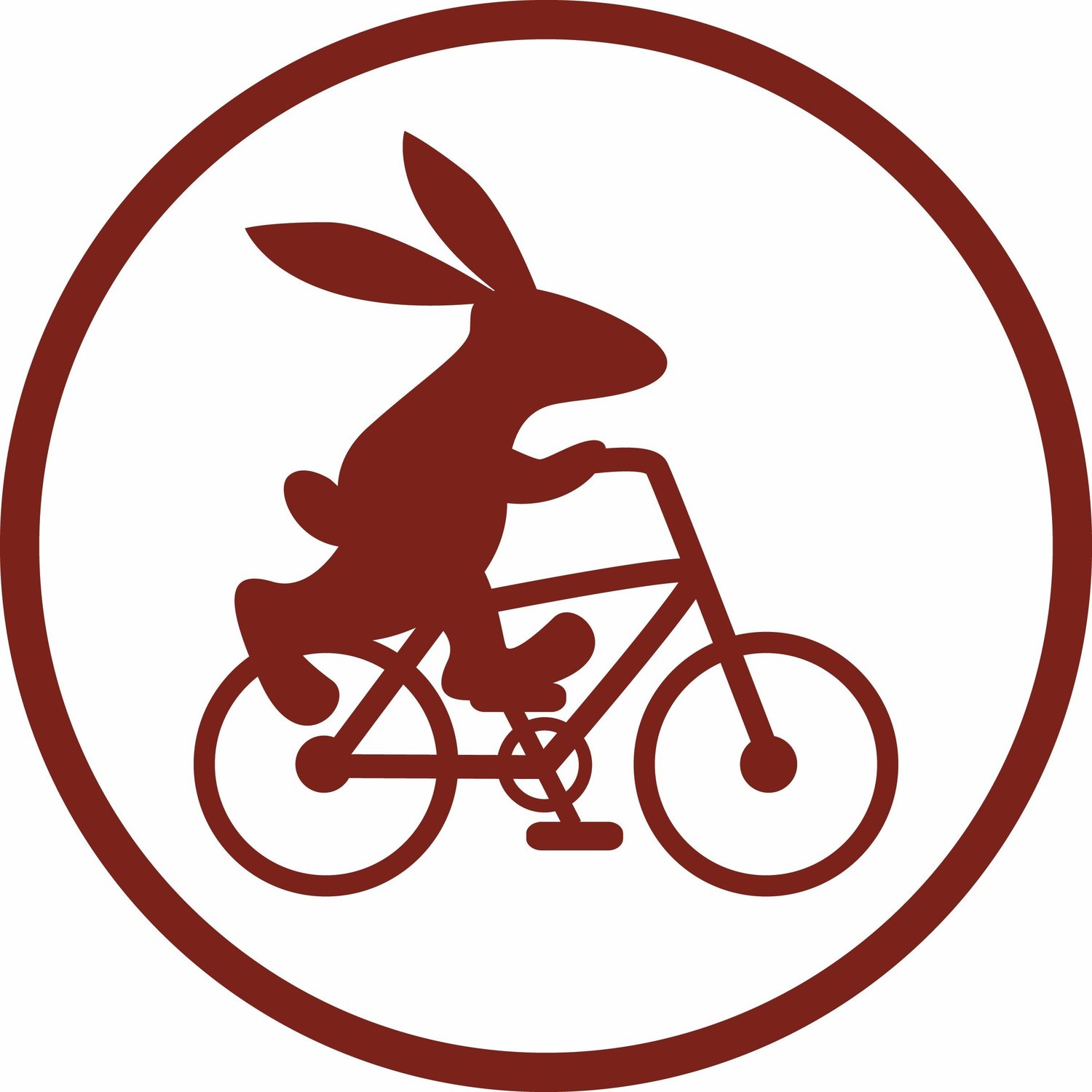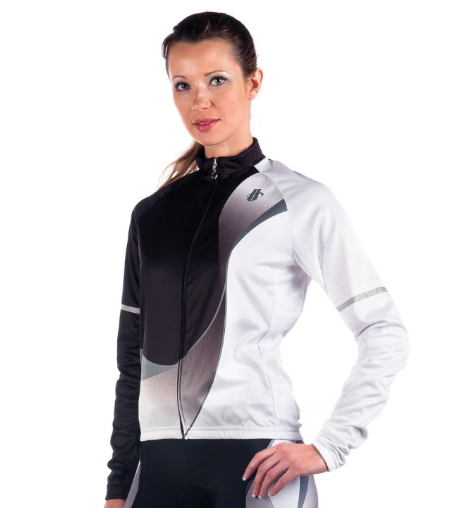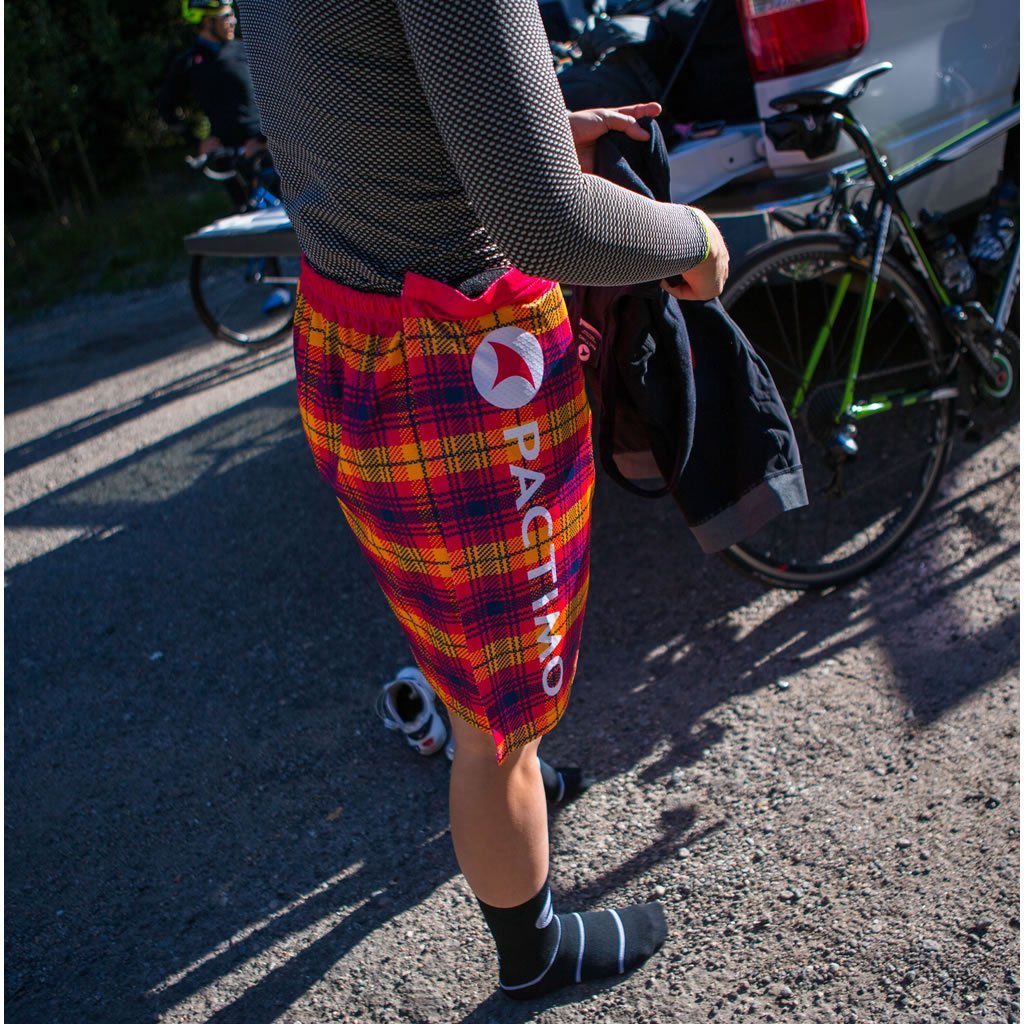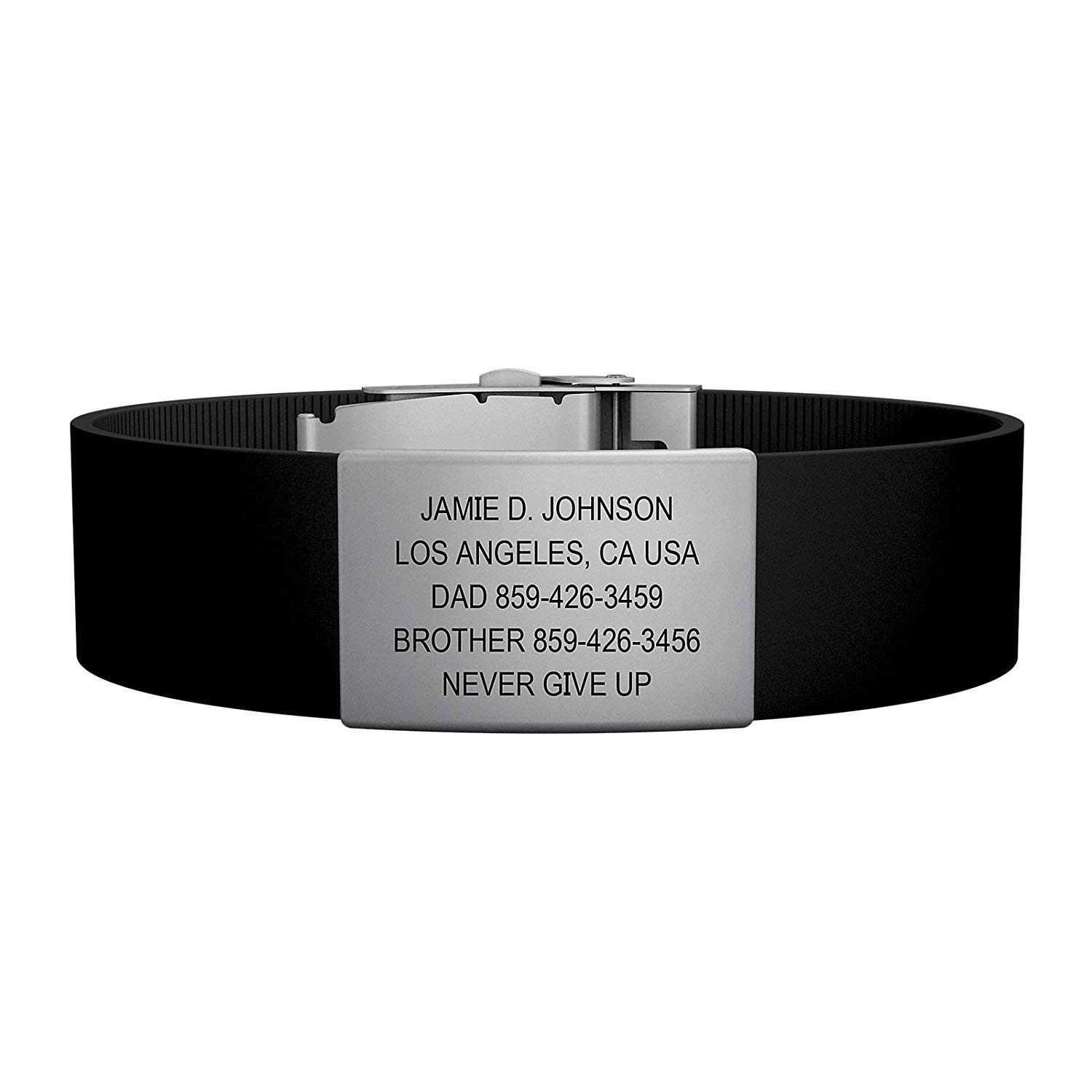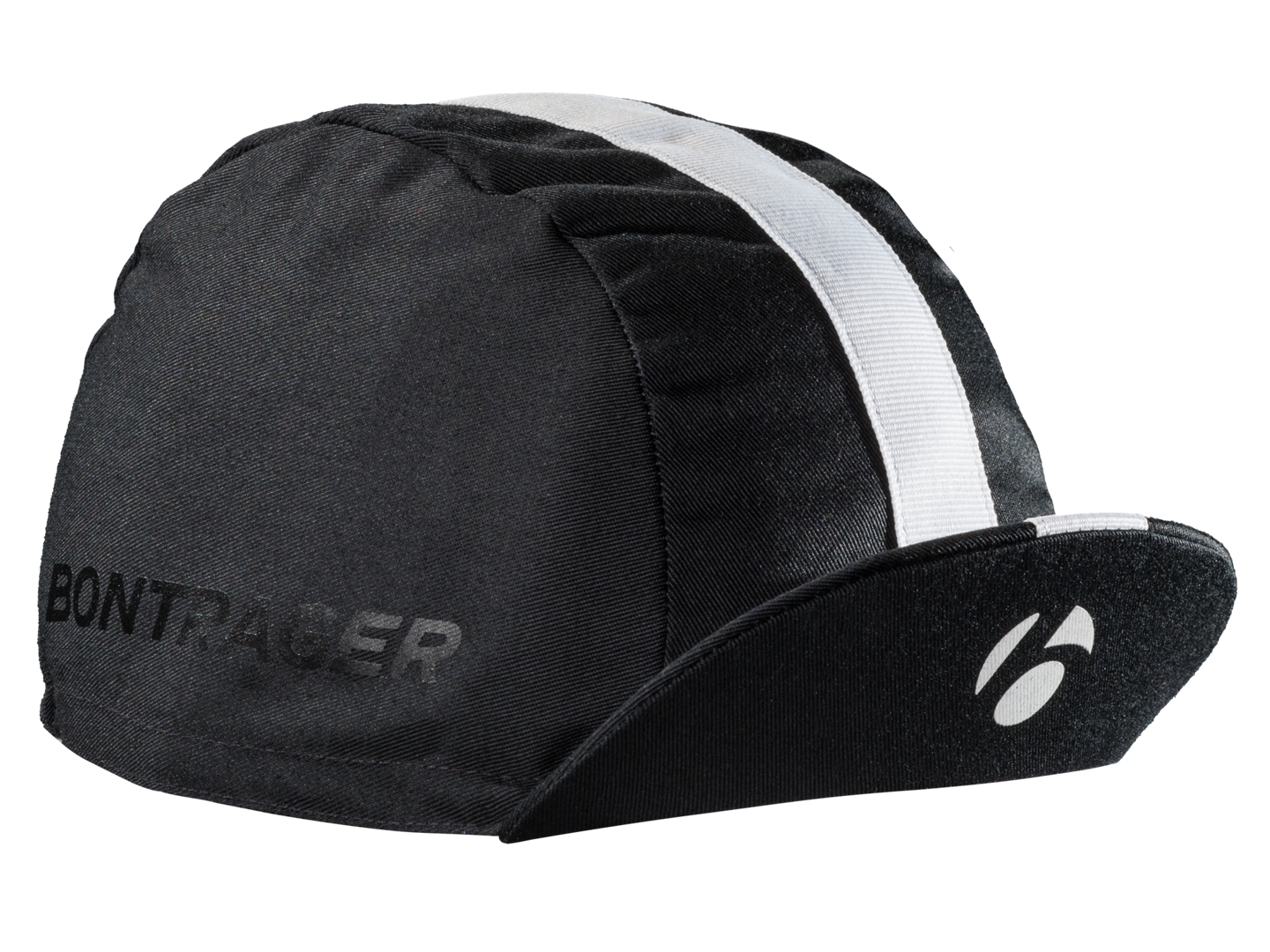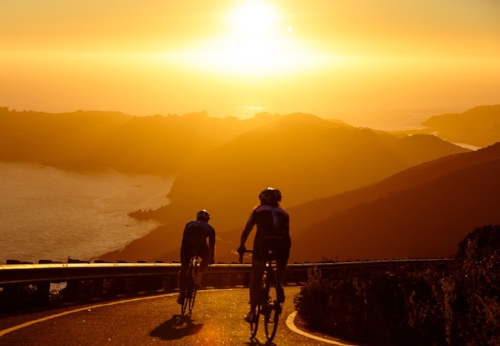5 Important Health Benefits to Cycling
/Are you looking to change your life in a seemingly minimal way, but with major health benefits? Have you considered cycling? If you already live an active lifestyle and are looking to change up your current routine, cycling could be the activity for you. Even if you’re just beginning to look for ways to ease into an active lifestyle, cycling is something that can easily be incorporated into your day-to-day. There are many health benefits to cycling and today, we’re highlighting the five we feel scream "reason enough” for you to jump on the cycling bandwagon.
Low-impact Exercise for All Ages
It doesn’t matter what age you are, high-impact exercises can affect anyone at any time with risk of injury. Maybe you’ve been a runner all your life or you’ve just begun taking dance classes; next thing you know, you’ve developed arthritis in your joints or you have a stress fracture in your foot. Low-impact exercises—like cycling—are great, because they take away the weight bearing down on your joints and muscles. Cycling can still give you that heart-pounding high, while allowing you to push as little or as much as you need to.
Mood-improving Workout
Studies have shown for years that physical activity helps to relieve stress, anxiety, depression, and simply improve overall mental health. You know the feeling…when you've pushed yourself to the point of exertion only to feel—moments later— an overall sense of elation. Do you want to experience that everyday? Jump on a bicycle. Even cycling for a mere 30 minutes can greatly improve your subjective mood.
Easy to Incorporate into Daily Life
No one is saying you have to cycle like a pro to reap the health benefits of one. You don’t have to sign up for cycling races or follow the same trails your neighborhood cycling club does if you don’t want to. Maybe you’re in a position where you can cycle to work. Not only is that a great way to ensure cycling becomes a part of your daily routine, think of how much you’ll be saving on gas and parking—score! Work isn’t the only reason you leave the house, right? Run errands by bike. You’d be surprised how much a installed bike rack can support. If sitting in the school carpool line is of little interest to you, cycle with your kids to and from school. Find ways to incorporate cycling into your life that suit your lifestyle.
Boost Brain Power
Just as cycling can improve your subjective mood, it can also improve your cognitive capabilities. A study from the University of Illinois showed that walking or cycling regularly can improve memory, attention, and problem solving skills. “While we know that [cycling] can have positive effects on cardiovascular disease and diabetes, we have found it can bring about improvements in cognition, brain function, and brain structure,” said lead researcher, Dr. Art Kramer.
Keep Diseases at Bay
Sadly, cycling isn’t a curer of disease, however, it can most certainly help protect you from developing serious ones. Cycling is a great aerobic activity for controlling or reducing weight to protect you from obesity. Cardiovascular diseases such as stroke, cardiac arrest, high blood pressure, and coronary artery disease can be prevented by cycling daily. With cycling being a low-impact activity, chances of bone injuries and arthritis are greatly reduced.
Don’t wait. Make the change to incorporate cycling into your daily routine today. Please share in the comments section below other health benefits to cycling.
